We owe modern civilization to our ancestors very much. When we speak of ancient civilizations, we are referring to those that arose like the first sedentary organizations with a social order and an explanation for the origin of the universe. Even though examples like the Sumerians and the Egyptians are profoundly established in the mind of almost all of us, there is a series of other civilizations that, most of the time, are forgotten. This is a list of the lost civilizations of the world that we only know of today.
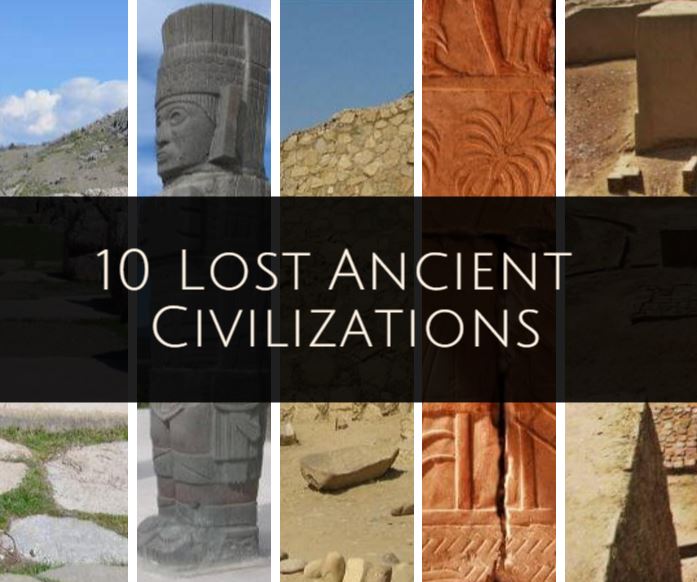
10 Lost Civilizations of the World
1. Hattian Lost Civilization
The Hattians were a civilization that inhabited what is today known as Anatolia in Turkey until around the 18th century AD. It is believed that they were the oldest inhabitants of this area since now hieroglyphics have been discovered that are more than 2,400 years old. Many archaeologists during investigations in the area have argued over whether or not the Hittite’s and the Hattian’s fused into a single civilization. This left physical traces like the Alaca Hoyuk and Hatussa, some of the biggest settlements of the Hittites, those which are believed to have been originally Hattian.
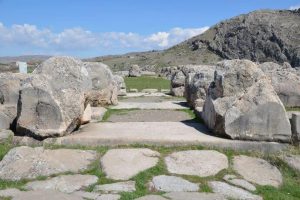
Their population probably existed for decades or centuries under the aristocratic government of the Hittites. They had their own language; however, no written records have been found. It is probable that they were multilingual, maybe to facilitate trade with their Assyrian partners. But the most that is known about them is thanks to the Hittites, who took on their customs and left behind traces.
2. Zapoteca Lost Civilization
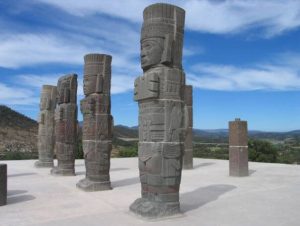
The majority of people are familiar with pre-hispanic cultures like the Aztecs and Mayans, but they don’t recall the Zapotecans easily. This civilization formed as among the first inhabitants of the area to use agricultural systems and writing, they also constructed one of the oldest cities known in North America, called Mount Alban. Founded in the 5th century BC, the city was home of around 25,000 citizens and existed for more than 1,200 years. In Mount Alban, the lowest social classes where governed by a privileged class formed from priests, warriors, and artists.
Like many of the civilizations of Central America, the Zapotecans overwhelmed their neighbors through a combination of wars, diplomacy, and tributes. It seemed that there were no reasons for the sudden fall of their culture. Their biggest city was left almost intact by the inhabitants; despite being finally destroyed through years of abandonment. Some investigators believe that the failure of their economic system could have pushed the Zapotecas to find work elsewhere. The rest of the population grouped into various city-states that continued to fight each other until they were defeated.
3. Vinca Lost Civilization
The Vinca where the biggest prehistoric civilization in Europe and they existed for almost 1,500 years. From the year 55BC, they occupied the entirety of Serbia and Romania. They were named based on a village close to the Danube river where the first discoveries were made in the 20th century. The Vinca civilization was the first to dig a mine in Europe. They worked hard with metal and were possible the first civilization in the world to use copper.
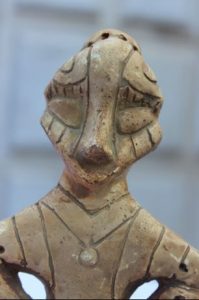
The Vinca where the biggest prehistoric civilization in Europe and they existed for almost 1,500 years. From the year 55BC, they occupied the entirety of Serbia and Romania. They were named based on a village close to the Danube river where the first discoveries were made in the 20th century. The Vinca civilization was the first to dig a mine in Europe. They worked hard with metal and were possible the first civilization in the world to use copper.
Even though the Vinca didn’t have a form of official writing, various stone tablets have been found that date back to older than 4,000BC, examples of proto-writing and symbols. The archaeologists also found various buried toys between other artifacts and have realized that the Vinca were very organized. In houses in the Vinca civilization, there were specific places for trash and all the dead were buried together in the same place.
4. Hurrian Lost Civilization
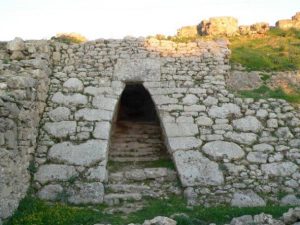
Another civilization that influenced the Hittites was the population of the Hurrians that lived a long the Middle East during the second millennium BC. It is even likely that they existed before this. The names of people and places written in the Hurrian language have been found in Mesopotamian records that date to the third millennium BC. Unfortunately, there are very few traces of their civilization. The majority of what we know about them from the written works of other cultures, including the Hittites, Sumerians, and Egyptians.
One of their biggest cities is known as Urkesh and is situated in the North Eastern part of Syria. Urkesh is also known for having been the city where the oldest written Hurrian text was found. It was in the form of a stone tablet and with a statue known as the Lion of the Louvre. Characterized first as a nomadic civilization, scientists believe that the Hurrians could have had a much bigger impact that was originally thought, mostly because their language differed greatly from other Semitic and Indo-European languages. However, at the end of the second millennium BC, almost all the ethnic traces of the Hurrians had disappeared and only their influence on the Hittites remained.
5. Nok Lost Civilization
The Nok civilization flourished during the first millennium BC, before disappearing in the second century AD. Their civilization bears the name of the area in Nigeria where traces of their culture was discovered for the first time. Some theories postulate that the overexploitation of natural resources played an important role in the decline of the population. Whatever the case, scientists believe that this civilization played an important role in the development of other cultures in the area, those such as the people of Yoruba and Benin.
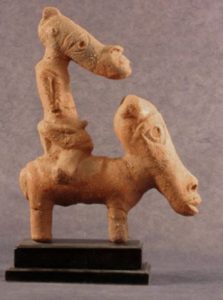
The most well-known examples of their artistic nature are the terracotta figures that have been found in the area. Also it is thought that they were the first Africans to know how to meld iron, although it is believed that maybe it was introduced to them through the Carthaginians. The reason for this suspicion is that no evidence has been found it indicate that they melded copper. This was a precursor to the melding of iron is almost all other civilizations. Despite the belief that they were one of the first African civilizations, the evidence of their existence has been delayed in coming to light due to the fact that Nigeria, actually, is a country that doesn’t have the right conditions for the investigation.
6. Punt Lost Civilization
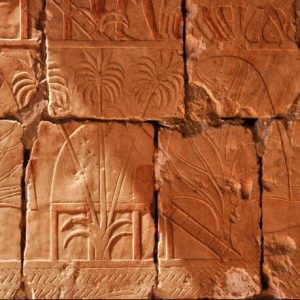
The land of Punt (pronounced poont) was famous for the production of incense, ebony, gold, and was recognized for being a popular commercial partner with ancient Egypt. Investigations differ in the extent of the civilization’s settlements, having ranges from South Africa, through the entire coast and up to the Middle East. Despite that the Egyptians wrote extensively about the land and its people, they never actually said anything about where they were located.
The greater part of our knowledge of the Punt comes from the reign of Hatshepsut, the famous women pharaoh that governed Egypt during the 15th century BC. The records on the walls of her mortuary temple contain information of a great commercial expedition to Punt with details very specific and with images of houses in the form of hives on stilts. Also there are carvings on the walls of the temple depicting a scene that showed Hatshepsut receiving marvelous gifts from the land. Unfortunately, archaeological evidence has not been uncovered that shows the location of Punt, even though there have been numerous Egyptian engravings with the name of the civilization, so many researchers hope that Punta can be discovered someday.
7. Norte Chico Lost Civilization
Since their creation during the third millennium BC and with a duration of more than 1,200 years, the Civilization of Note Chico dominated South America in being the oldest sophisticated culture in the continent. They were called Norte Chico by the Civilization that occupied modern day Peru. This Civilization had 20 great cities, advanced architecture, and they gave a high importance to agriculture. Also they developed intricate irrigation systems, sophistication that was unknown in the continent at this time.
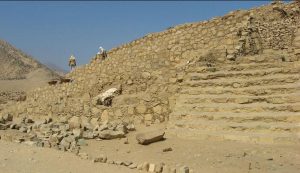
Traces have been found of religious symbols in the whole area, especially close to the stone pyramids for which the civilization is famous. There is some debate on whether or not to classify them as a civilization and also what the meaning of civilization is. In general, the indicators of forms of art or the sense of urbanization is key, but the Norte Chico Civilization didn’t possess either. Whether it is or isn’t a civilization, one can’t ignore that afterwards they were an influence in the cultures of South America, as well as the Chavin Civilization, which appeared some hundred years after the fall of the Norte Chico Civilization.
8. Elamite Lost Civilization
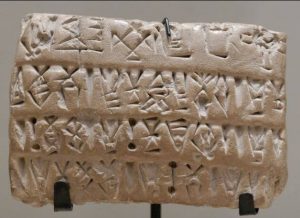
Their name was Haltam and the name “Elam” came from the Hebrew transcription of the word. The Elamites consisted primarily of what is today Iran together with a little part of Iraq. It is one of the first civilizations (The oldest in Iran) and was founded during the third millennium BC. Limited by the frontiers of Sumer and Akkad, the culture of Elam was similar to theirs, even though their language was totally unique.
Even though their independent reign lasted just short of a millennium, very little is known about them because the Elamites were not concerned with documenting their mythology, nor their literature, or any scientific advances. The written works were seen above all as a way to honor the king or to carry out administrative duties. Due to this, they impacted the future development of other civilizations only a little bit, especially in comparison with the Egyptians and the Sumerians.
9. Dilmun Lost Civilization
Dilmun was an important commercial civilization at its peak. It covered an area consisting of Bahrain, Kuwait, and parts of Saudi Arabia. Even though very little concrete evidence has been found up to this point, researchers believe that some sites, called Sarre and Qal’at al-Bahrain, are old settlements of the Dilmun people. Saar still is being investigated, but a great number of the evidence that has already been uncovered dates to the third millennium BC, giving credit to the theory that they had been constructed by the Dilmun people.
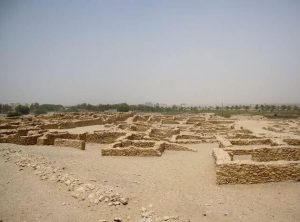
Dilmun was an important trader in its times, it controlled the trade routes of the Gulf of Persia and a network of communications that came to Turkey. Large springs of water flow across the area which causes scientists to believe that this could have given rise to the legend that Bahrain is the biblical garden of Eden. In addition, Enki, the Sumerian god of wisdom, was said to have been living in the subterranean waters.
Dilmun was described as “The place where the sun leaves” and played a important role in the Sumerian mythology; according to the legend, Dilmun was the place where Utnapishtim (who was the equivalent of the biblical Noah) was brought to live for all eternity.
10. Harappa Lost Civilization
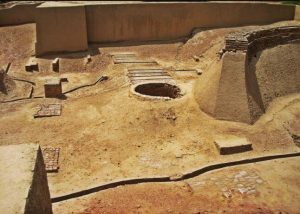
This civilization also known as the Hindi valley, they were a group of people that lived in parts of what is now Pakistan and India. Their urban areas were insurmountable since it was important for them to plan their cities out in advance. Unfortunately, their culture slowly reduced and scientists believe that was due to the long droughts that they fought for centuries. That, in reality, is the only theory, but also is has helped explain other cultural declines in the area.
At the beginning of the 25 century BC, the Harappans also developed their own language; a script with almost 500 different characters that hasn’t been completely decrypted to this day. Their most notable utensils were stamps, generally made from soapstone. They represented diverse animals and mythical animals. Harappa and Mohenjo-Daro are the two biggest sites in Harappa which were formerly declared as the heritage of humanity by UNESCO. Due to its architecture, the ruins of the Harappa civilization provided a model for that emerged after it.
